What Does “Service Tire Monitor System” Mean?
-
Visnja Radosavljevic
- Last updated:
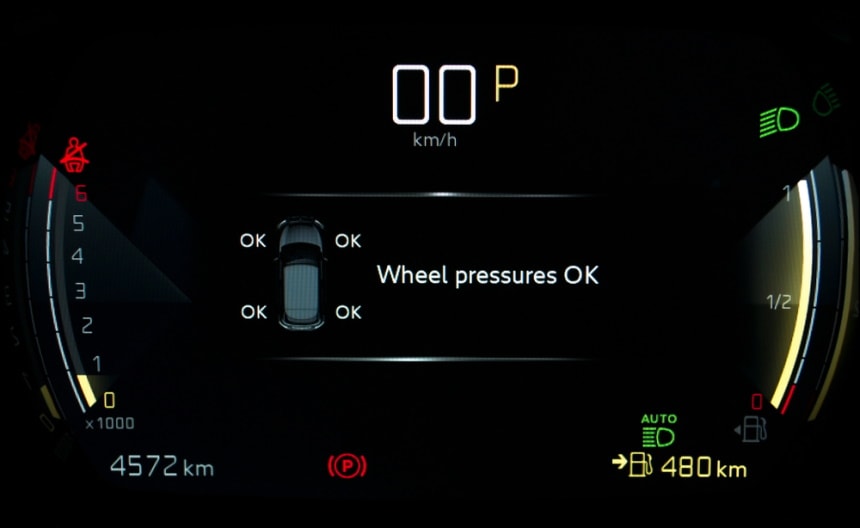
Every vehicle has a tire monitor system that will give you an indication of when there’s an issue with your tires. Typically, the light just blinks as an indicator that your tire is low, but if you notice a light that is continuously on, you might be having a severe problem.
Many people are not familiar with the tire monitor system and how it functions, so we want to give more insight into it. Keep reading to learn more about the tire service monitor system, where it’s located, and what issues you could face when your monitor light is on.
What Is the Service Tire Monitor System?
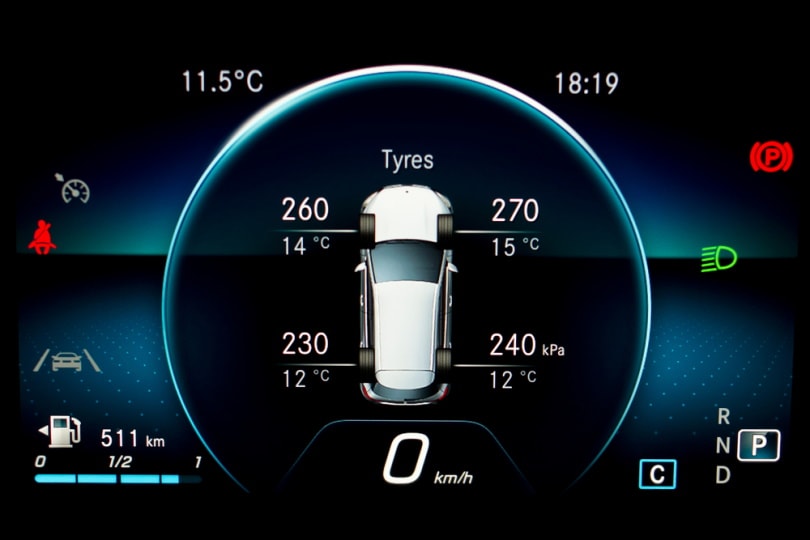
The service tire monitor system is a system that monitors the pressure in your tires. When you are driving, the service tire monitor system gathers information about the air pressure in your tires, and when a warning pops up on your dashboard, the level of air pressure is probably deficient. The alarm will usually go off if the air pressure in your tire is 25% below recommended. This situation can affect your vehicle’s performance and create conditions that are not safe for driving.
Where Is the Service Tire Monitor System (Tmps) Located?
The typical location of the service tire monitor system is either on the valve stem inside the rim or on the rim’s opposite side from the valve stem.
When the system is set valve stem’s opposite side, it’s band-mounted and wrapped throughout the rim. Each tire will have the service tire monitor system so that you can always check the pressure in your tires.
- Related Read: Why is My Tire Pressure Light Blinking?
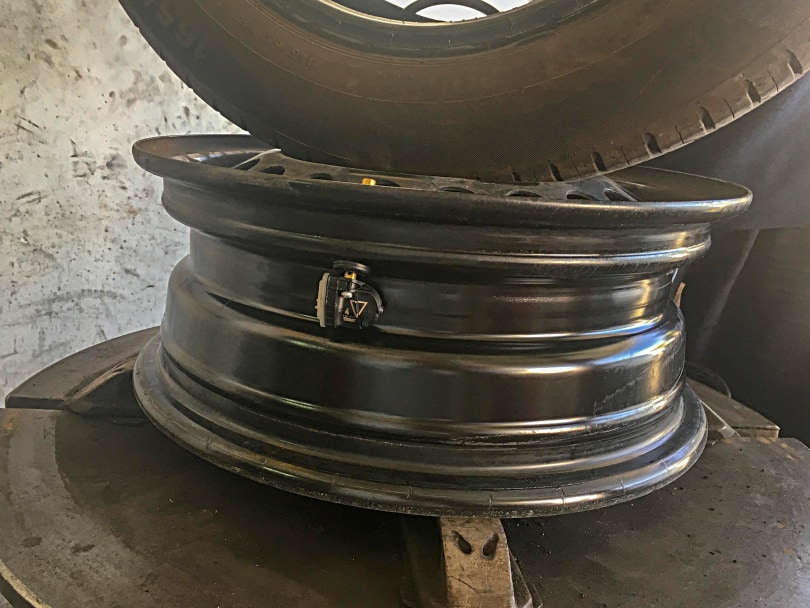
Tire light VS Service TMPS
You can get two different messages on your tire sensors. One can indicate that your tire pressure is low, while the other shows that your system battery is dead.
When the tire pressure is low, you’ll get a small icon on your vehicle dashboard letting you know that the issue is in the tire pressure. On the other hand, if you notice a service tire monitor light, there’s a problem with the whole TMPS system.
Why Are Tire Inflation Levels Important?
The air pressure in your car is best to measure in the mornings to have the most accurate reading. The temperature differences are also crucial because the tire pressure will drop if the temperatures get lower, or the pressure will rise as the temperatures get higher.
Keeping the tires on your vehicle inflated sufficiently and adequately is essential to ensure a safe drive. Frequent and equal inflation of every tire can ensure that they wear evenly and can prolong their lifespan. When your tires are properly inflated, your vehicle’s handling and performance will enhance drastically, even lowering your fuel economy.

What Causes the Tire Monitor System Light to Come On?
There are a few reasons why your tire monitor system light is on. Below are some of the most common problems that cause the TPMS light to come on.
- Issues with the battery: When your TPMS light is on, that can mean that your battery is dead or there’s some kind of problem. This system’s battery is independent of the vehicle’s battery, and it can discharge over time.
- Low tire pressure: When your tires are deflated, the system will give you a light to notify you that they are not inflated enough. If you notice this, all you need to do is air up the tires and restart your car.
- Issues with the sensors: The sensors are constantly under stress, and they can malfunction and show the light message even when there’s nothing wrong. If that’s your issue, you might need to replace the sensors.
- Disturbance due to potholes: Since the sensors are close to the ground, potholes can easily disturb them, and the TPMS will give you a false light message. You can resolve this issue by restarting your vehicle.
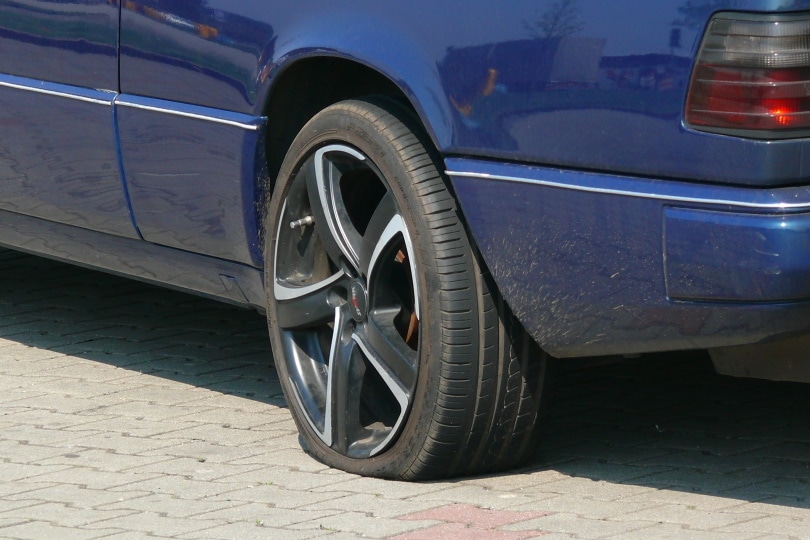
Can I drive my vehicle if the TPMS light is on?
We don’t recommend driving while the TPMS light on your dashboard is still on. The warning light indicates an issue with one of your tires, and driving with low air pressure can lead to serious accidents.
It is never good to drive with an overinflated or underinflated tire. When that warning light turns on, it would be wise to stop driving and check the air pressure. If you are unsure about the optimal air pressure in your tires, you can always check the manufacturer’s manual for more information.
Should I Replace My Tires?
Replacing your tires will only be necessary if there are obvious signs of wear and tear. If your tires require frequent inflating, with the air pressure levels constantly lowering, you may need to get a new set of tires. Another common sign that may occur will be weird noises and vibrations.
When unsure about if your tires need replacement or not, you can always check your vehicle’s manual or take your car to a mechanic that will inspect the tires.
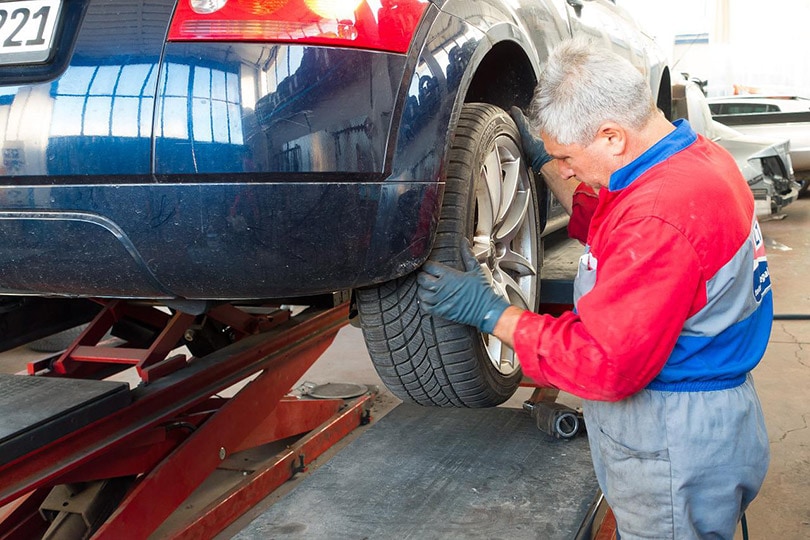
Final Words
If you’ve never been cautious about the flashing messages on your service tire monitor system, it might be a good time to take them seriously. Although the message could be harmless, you might be looking at a more significant issue that could damage your vehicle’s performance. Always check your TPMS and ensure that it’s functioning correctly, as that will keep you safe and your car in good condition.
Featured Image Credit: Fast_Cyclone, Shutterstock
Contents
